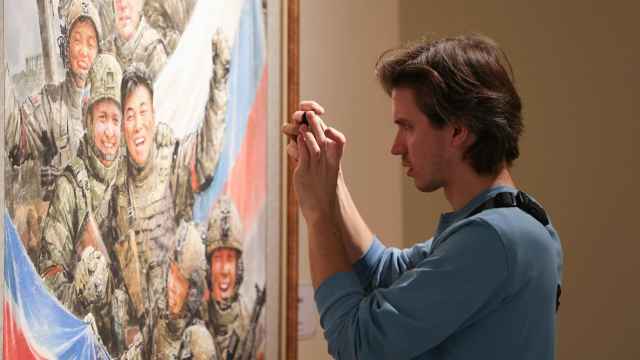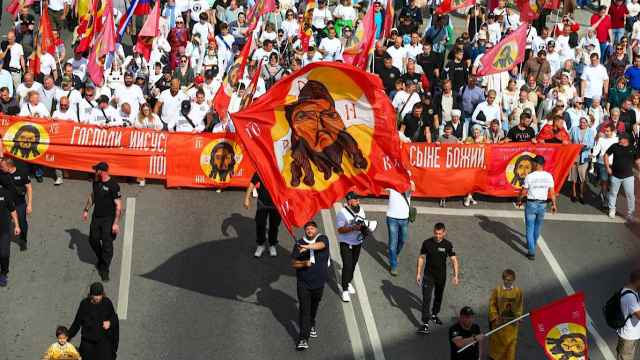In Photos: Russia Burns the Winter Blues Away With Maslenitsa Festivities
In Russia, the last week of the pre-Lenten season is traditionally marked by the Maslenitsa folk festival.
Best known for its signature food, bliny (thin pancakes), Maslenitsa week signifies the bridge between winter and spring and culminates with weekend open-air festivals in cities and villages across Russia.
Here is a closer look at how Russians celebrated the country’s most amusing holiday this year:
Best known for its signature food, bliny (thin pancakes), Maslenitsa week signifies the bridge between winter and spring and culminates with weekend open-air festivals in cities and villages across Russia.
Here is a closer look at how Russians celebrated the country’s most amusing holiday this year:
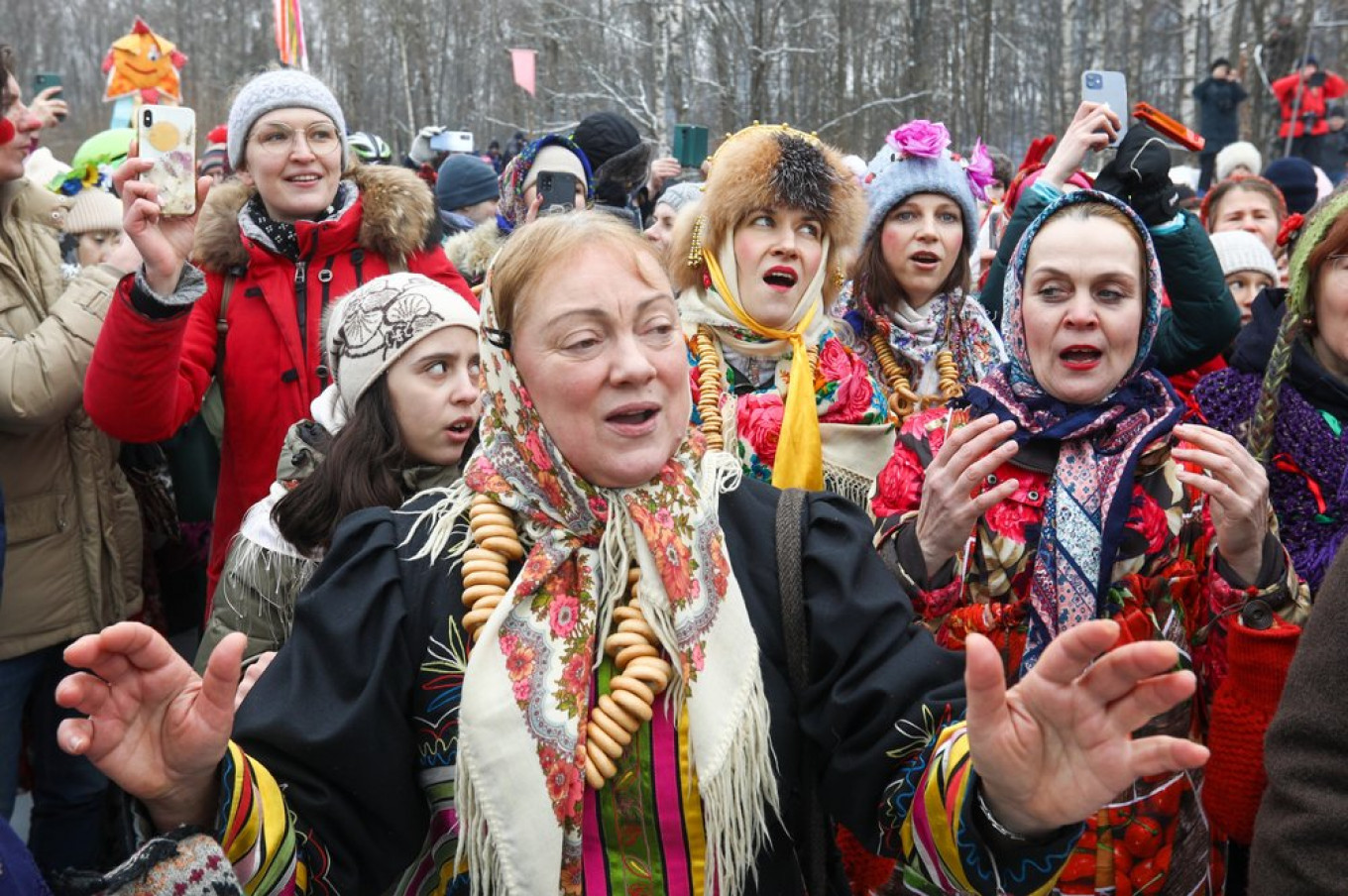
Maslenitsa is considered to be the oldest surviving Slavic holiday — a pagan tradition that was absorbed into Eastern Orthodoxy.
Kirill Zykov / Moskva News Agency
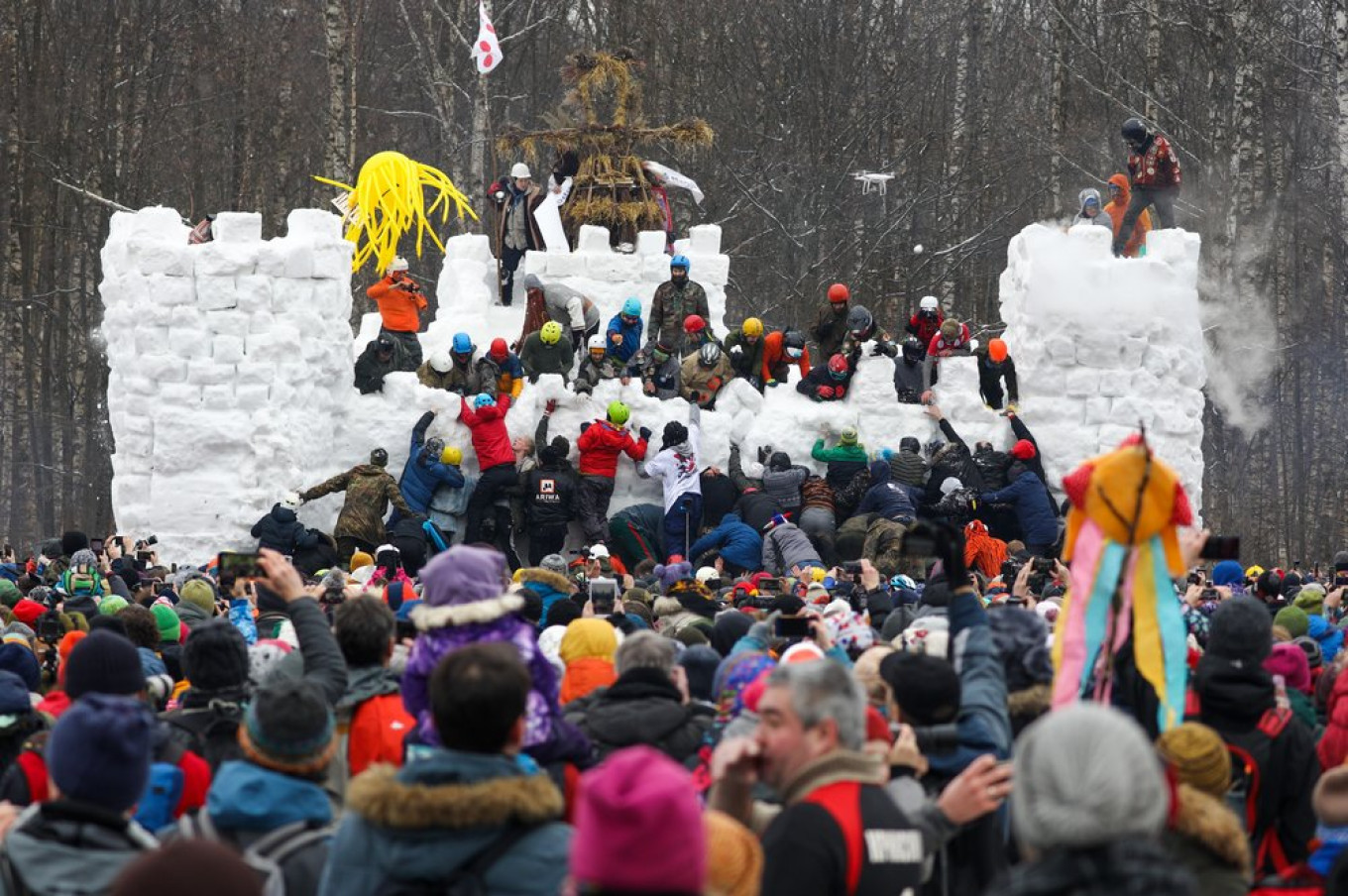
The holiday provides one last opportunity for fun and entertainment before Lent.
Kirill Zykov / Moskva News Agency
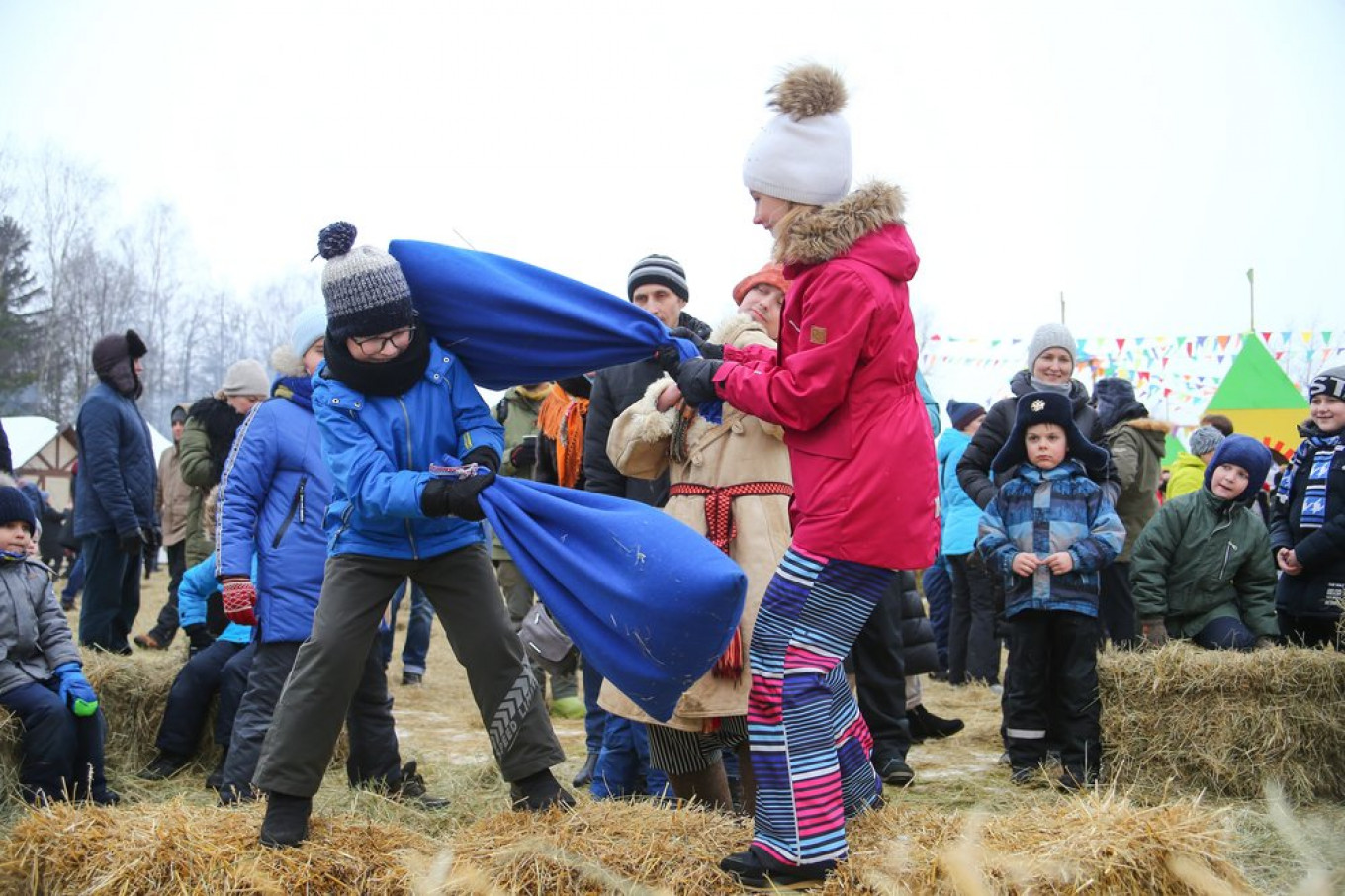
Entertaining oneself by joining or watching a friendly fight is not off-limits during Maslenitsa.
Sergei Vedyashkin / Moskva News Agency
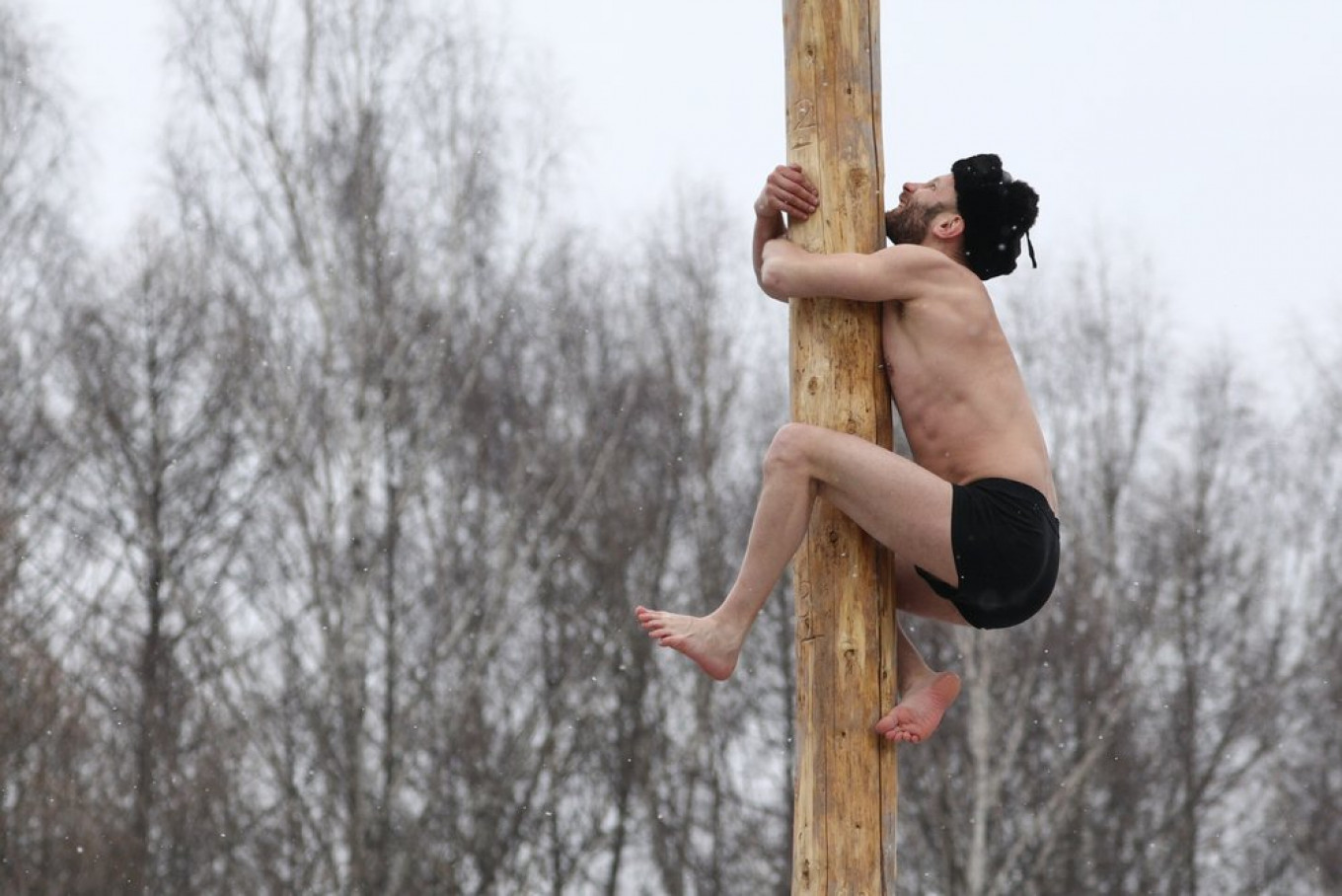
Climbing a wooden pole is another traditional form of entertainment, though only the bravest are willing to do it in the bitter cold.
Kirill Zykov / Moskva News Agency
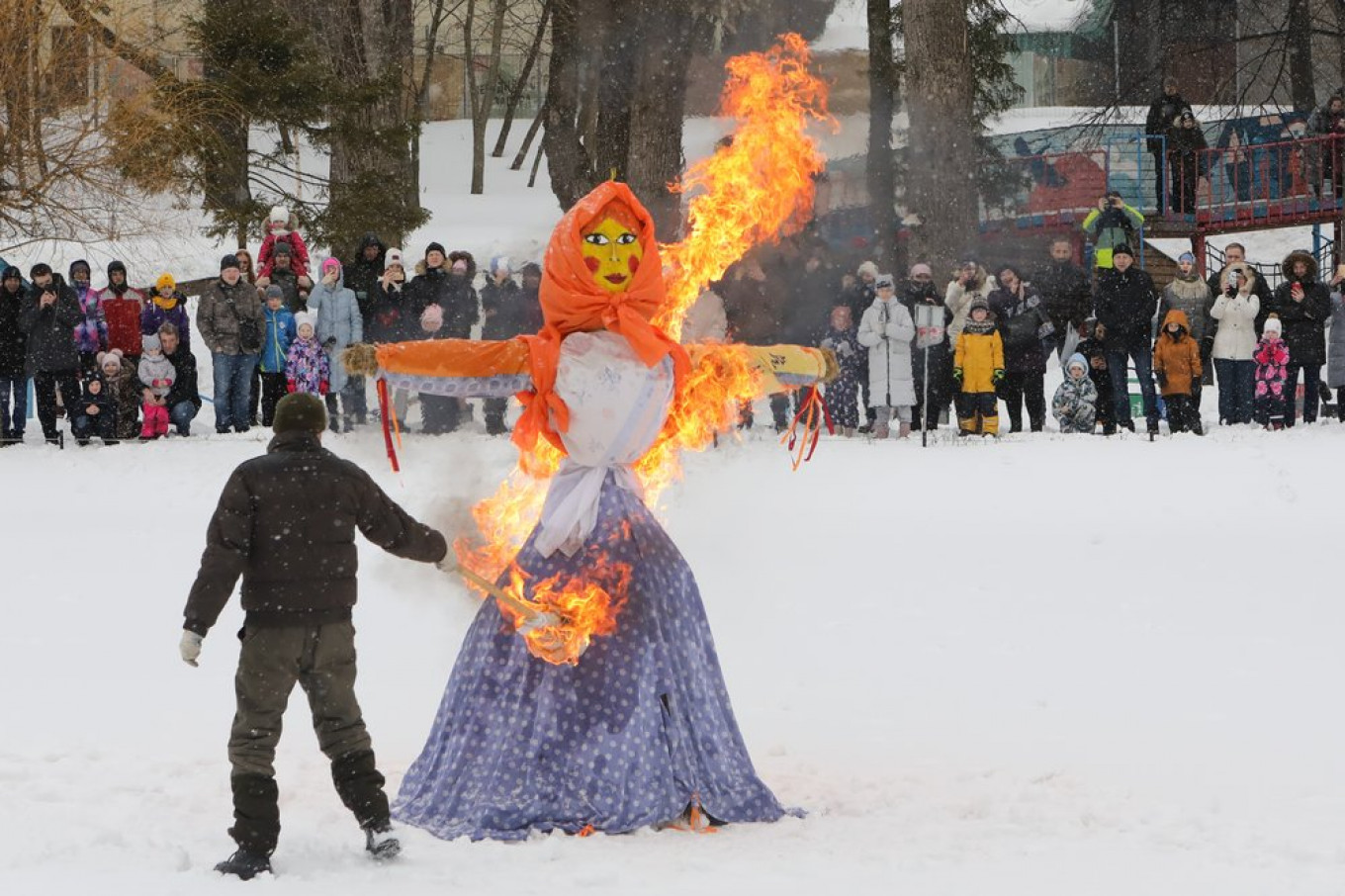
The burning of a straw-stuffed effigy named Lady Maslenitsa is the most-awaited part of festivities, though the interpretation of this tradition varies.
Sergei Vedyashkin / Moskva News Agency
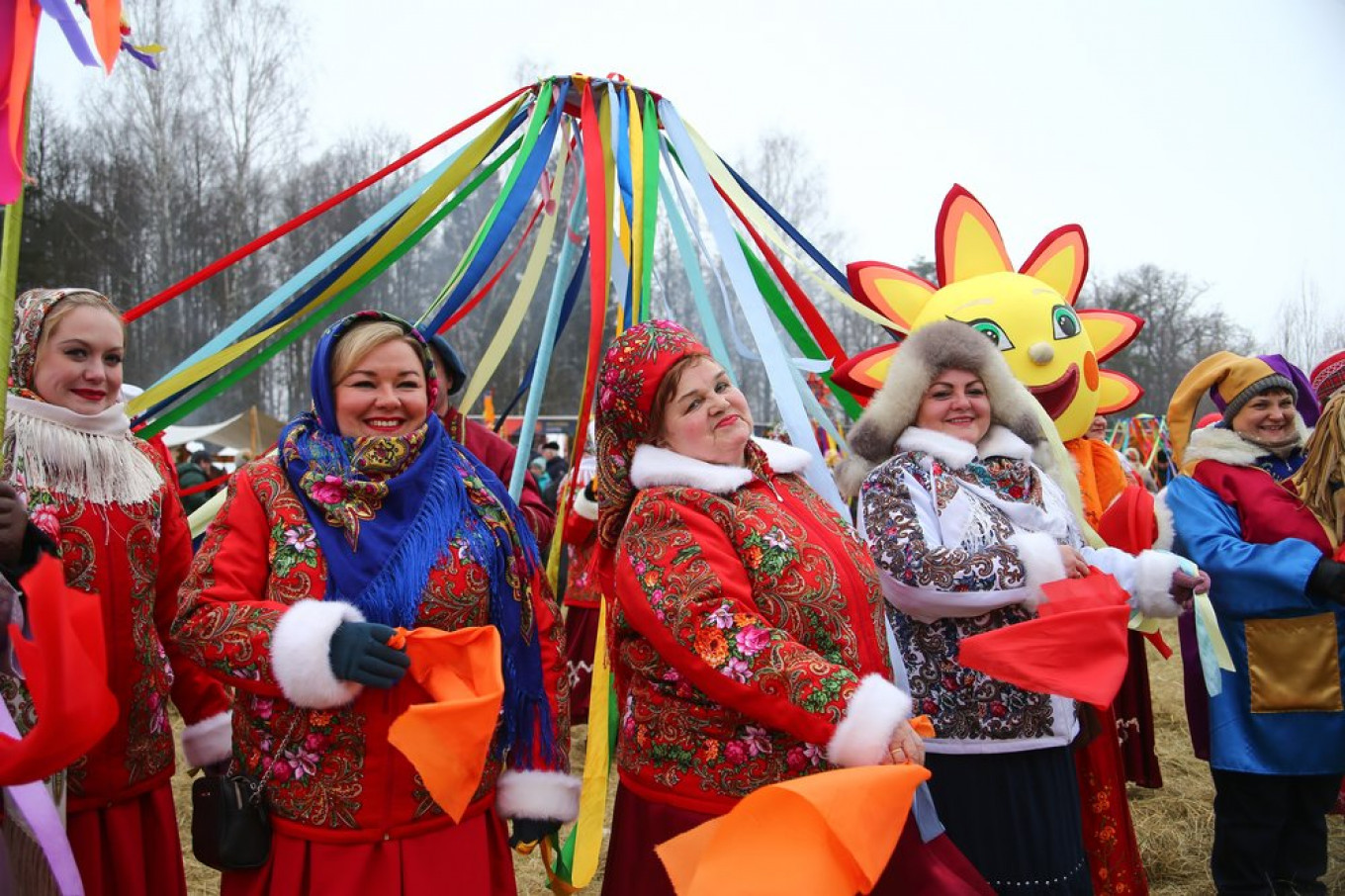
Nearly forgotten today, the more ancient Maslenitsa traditions focused on improving conjugal relations and strengthening family ties.
Sergei Vedyashkin / Moskva News Agency
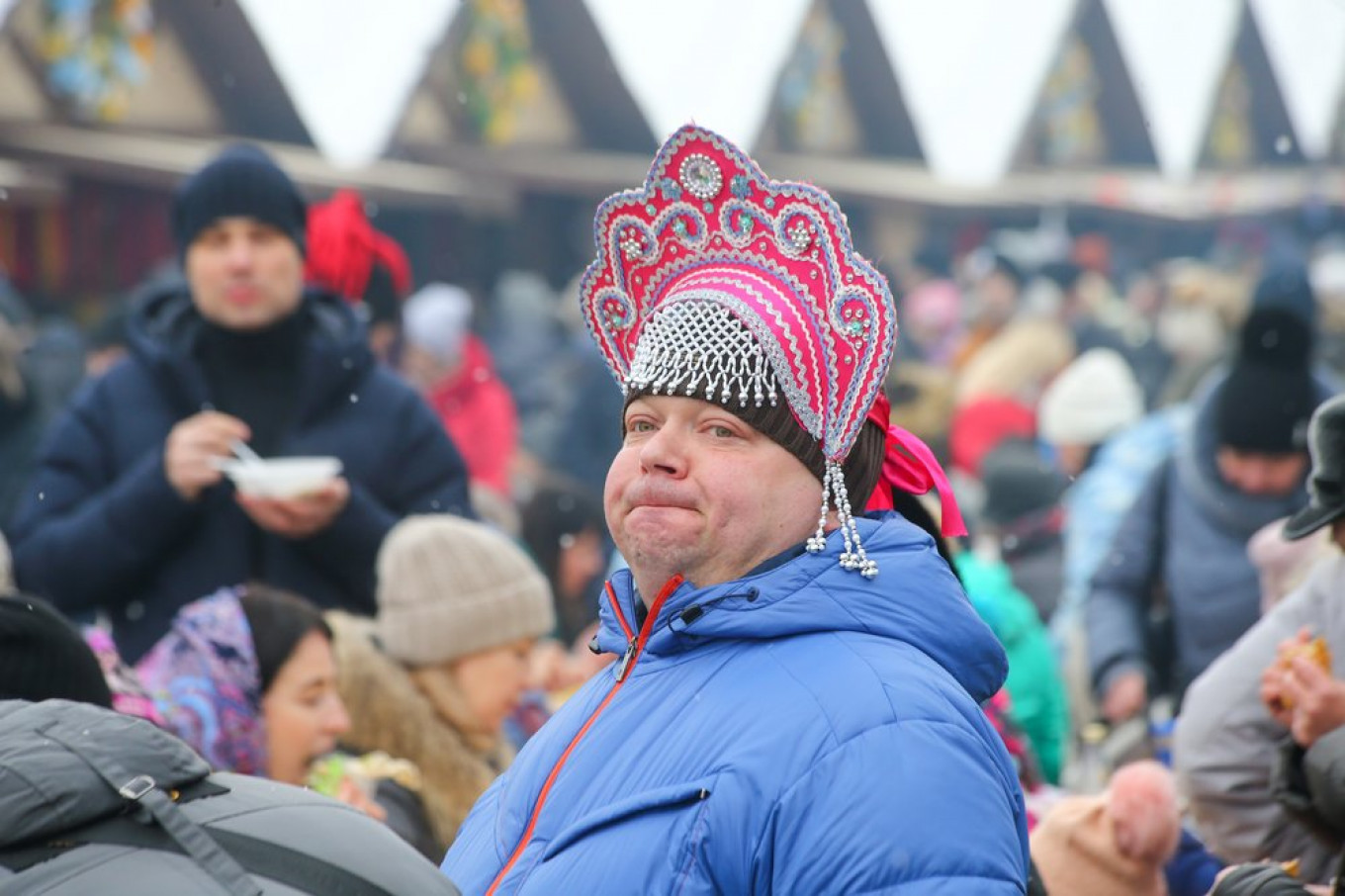
Carnival costumes and musical improvisations remain an essential part of Maslenitsa.
Sergei Vedyashkin / Moskva News Agency
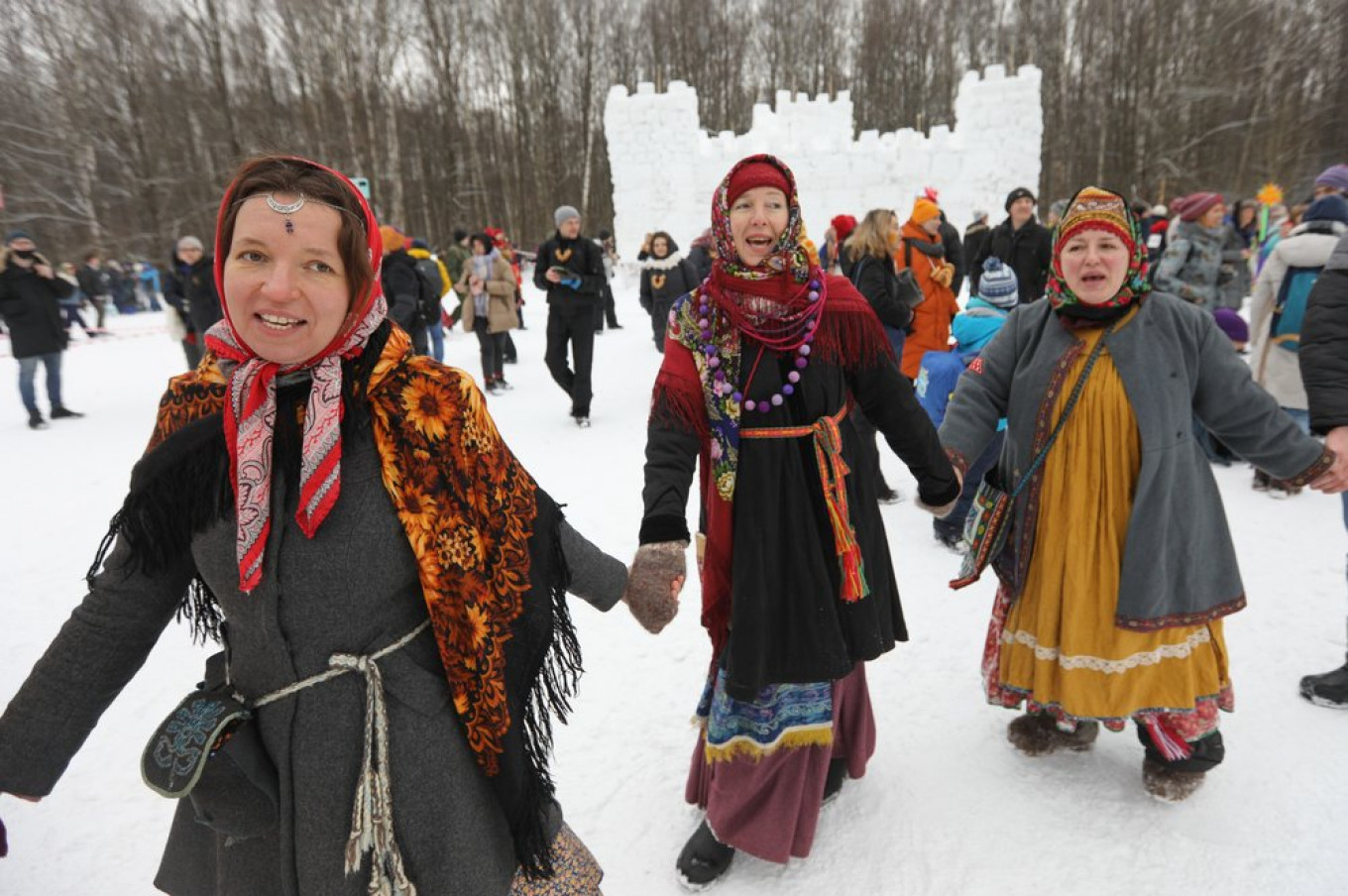
The singing of traditional Kolyadka songs is another well-preserved holiday tradition.
Kirill Zykov / Moskva News Agency
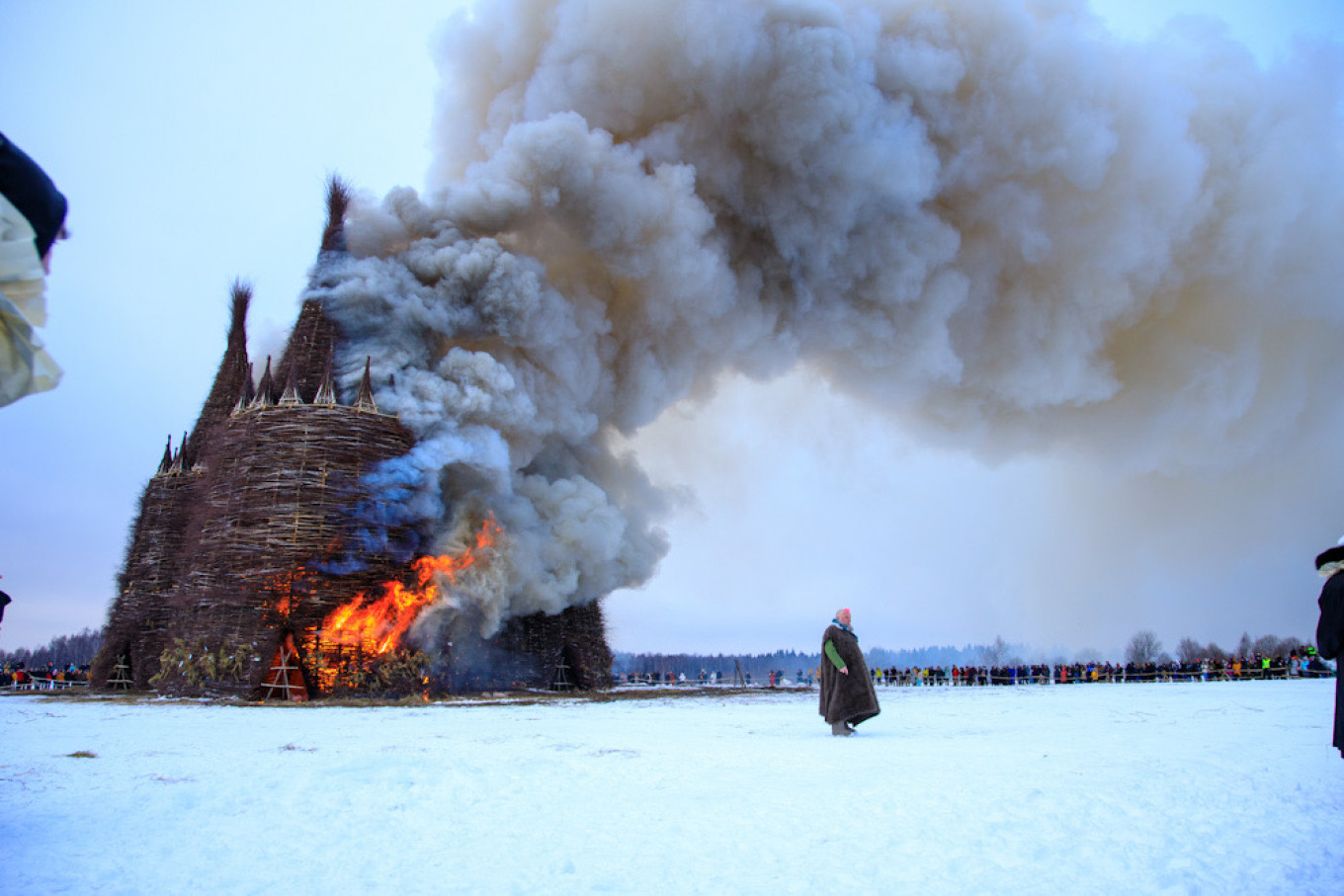
In some regions, the straw-stuffed Lady Maslenitsa is replaced by another symbolic object like a straw horse or... a giant wooden castle.
Rustam Shagimordanov / Nikola Lenivets
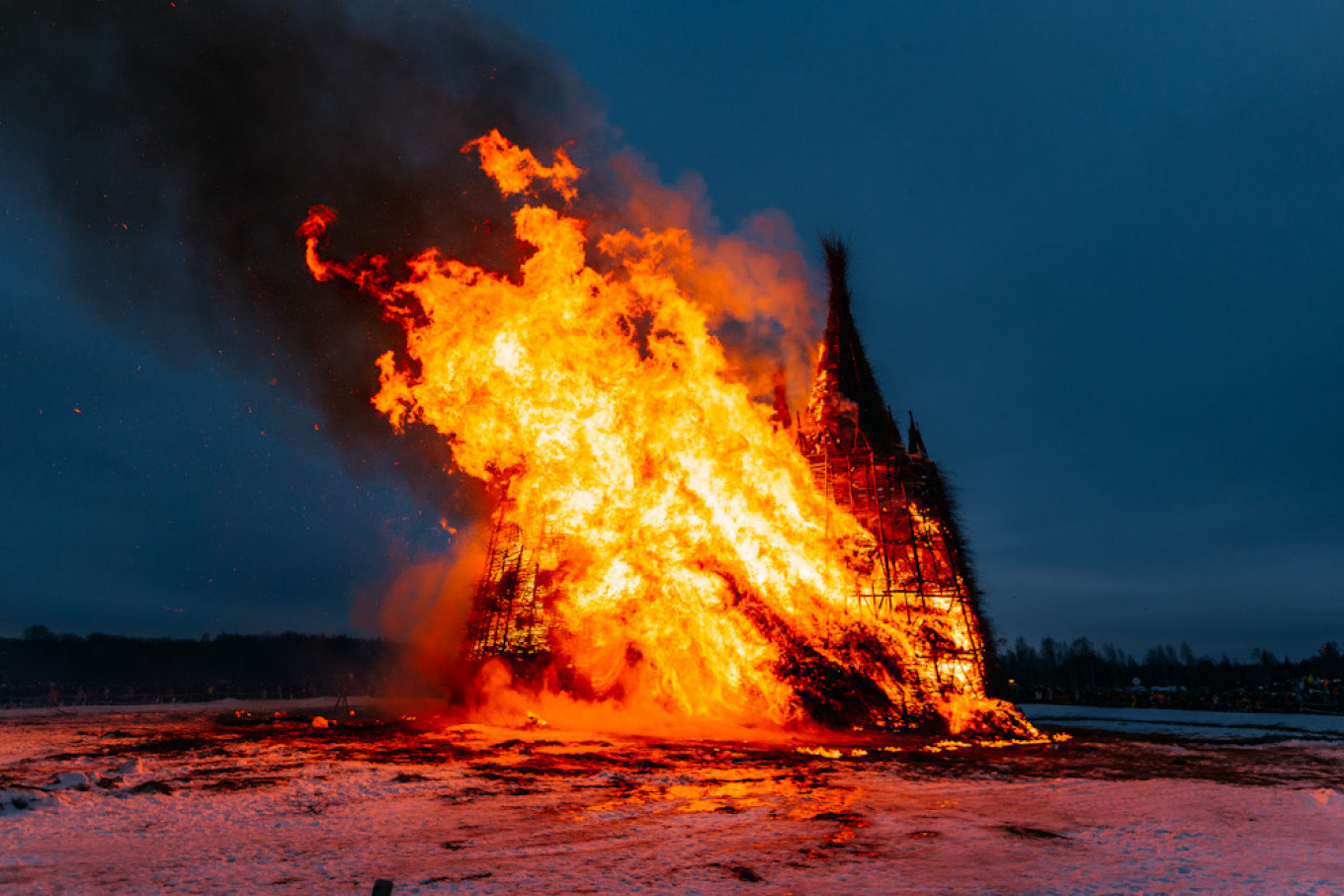
The burning of the castle at the open-air art park Nikola-Lenivets was meant, according to creators, to symbolize doing away with the coronavirus.
Rustam Shagimordanov / Nikola Lenivets
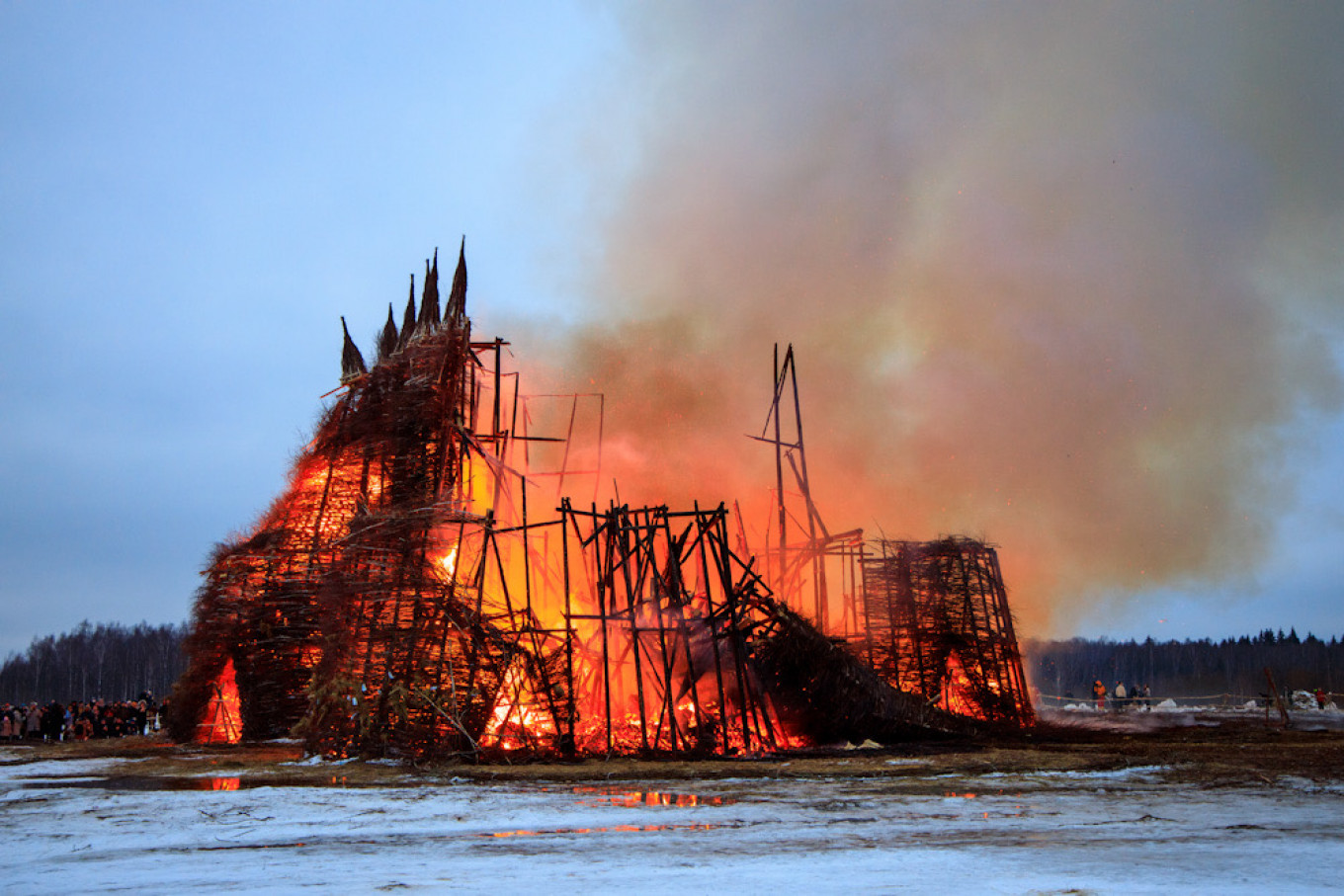
The last day of Maslenitsa was marked by the Forgiveness Sunday — the time when relatives and friends can ask each other for forgiveness for past deeds and exchange small tokens of appreciation.
Rustam Shagimordanov / Nikola Lenivets




